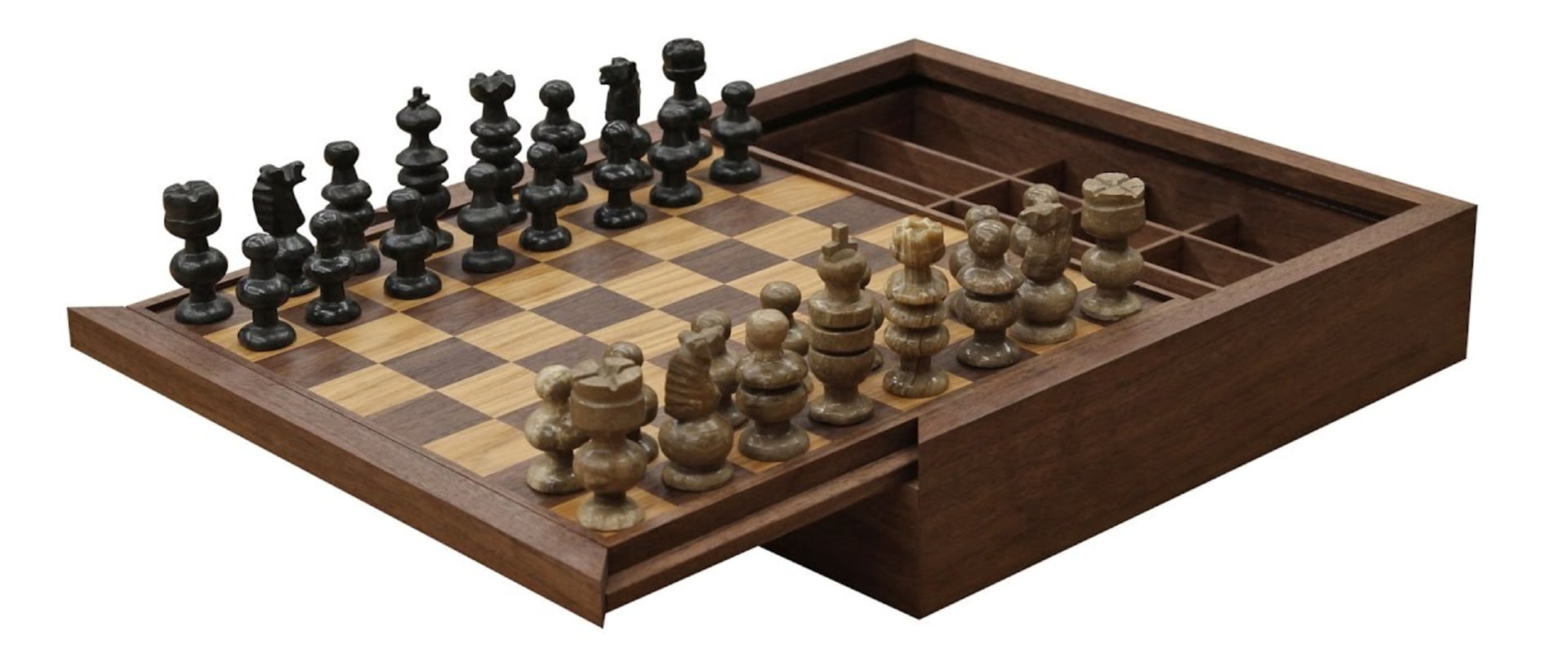Quartz is a simple silicate mineral that is commonly found in the Earth's crust. It can be crystallized directly from magma, form during metamorphism as a result of the recrystallization of previous minerals, or grow in underground solutions rich in silica. Quartz crystals are made up of billions of stacked tetrahedron shapes that eventually turn into crystals. Crystalline quartz is found in the form of small crystal glazes that glow on the surface of a rock, as well as well-formed crystals that weigh tons.
Pure quartz, traditionally called rock crystal or transparent quartz, is colorless and transparent or translucent, and has often been used for hard stone carvings, such as Lothair crystal. If you're looking for the shape of quartz crystals with golden-yellow needle-shaped rutile inclusions, rutilated quartz crystals are the answer. These ghostly layers form over hundreds of years inside a crystal due to the rest of the hot water solutions trapped inside the cavities of the preformed glass. In igneous rocks, quartz forms as magma cools. Like water that turns into ice, silicon dioxide crystallizes as it cools.
Slow cooling generally allows crystals to grow larger. Quartz that grows from silica-rich water is formed in a similar way. Quartz can be divided into two groups: crystalline or visible crystals and cryptocrystalline or hidden crystals that require a microscope. Crystalline quartz is composed of individual crystals visible to the naked eye, while microcrystalline or cryptocrystalline quartz consists of aggregates of crystals visible only at high magnifications. Quartz can be found in all three types of rocks (igneous, metamorphic and sedimentary). Existing crystals will continue to grow and SiO4 tetrahedrons will be added layer by layer to further improve and complete these existing crystals.
Quartz belongs to the tritonal crystal system at room temperature and to the hexagonal crystal system above 573 °C (846 K; 1063 °F).
